Mafómedes Village, in Marão Mountain Range
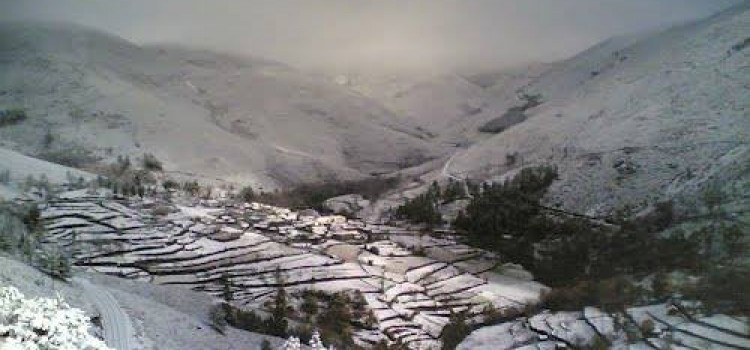
Mafómedes is a small village inside the Marão Mountain Range. Mafómedes used to be complete inaccessible in the winter

Mafómedes is a small village inside the Marão Mountain Range. Mafómedes used to be complete inaccessible in the winter
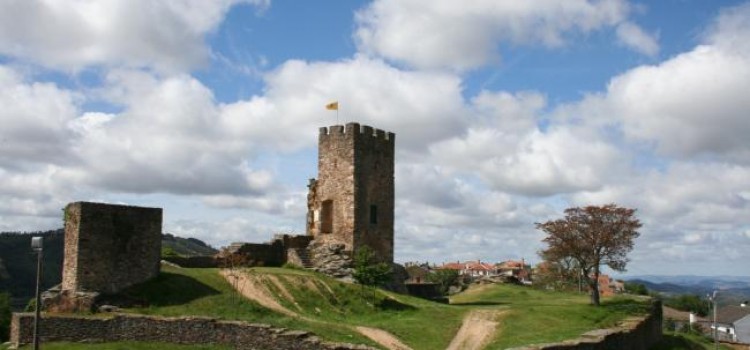
The history of Mogadouro is evident in the number of castros that dot the landscape of region from the neolithic period. In particular are the castros of Oleiros in Bemposta, Vilarinho, São Martinho do Peso, Figueirinha de Travanca, Bruçó and the more recently excavated castro in Vilariça, in the Serra da Castanheira.[3] The Celts passed through this region, leaving behind its art […]
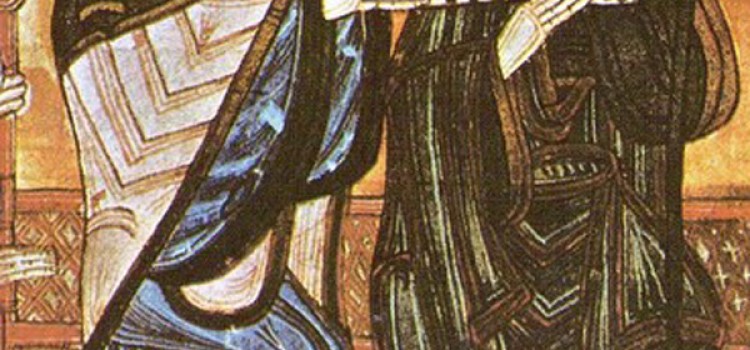
The Reino de Leão was an independent kingdom situated in the northwest region of the Iberian Peninsula. It was founded in AD 910 when the Christian princes of Asturias along the northern coast of the peninsula shifted their capital from Oviedo to the city of León. The County of Portugal separated to become the independent Kingdom of Portugal in 1139 and the eastern, inland part of León was joined […]
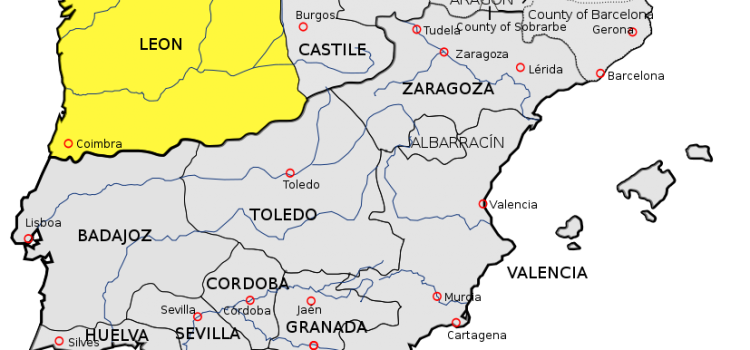
The Leonese are an ethnic group whose homeland is the former Kingdom of León, now known as region of Leon. This area was formerly a country in Southwestern Europe that covered a territory in northwestern Spain and northeastern Portugal. The Leonese Kingdom was an independent kingdom in the Middle Ages, keeping its status as a kingdom under the Spanish rule until the 1833 territorial division of Spain. […]
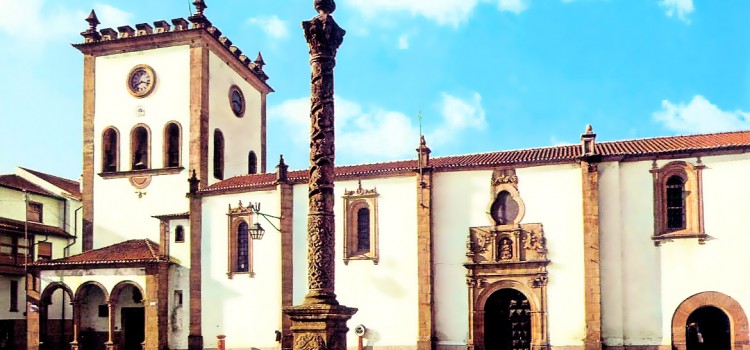
The Cathedral was built during the century. XVI by city council initiative and with the support of the Duke D. Teodósio. It was intended initially to be a convent of the Order of Santa Clara, but was occupied by the Jesuits between 1562 and 1759, working as a College. In 1764, when he moved the […]
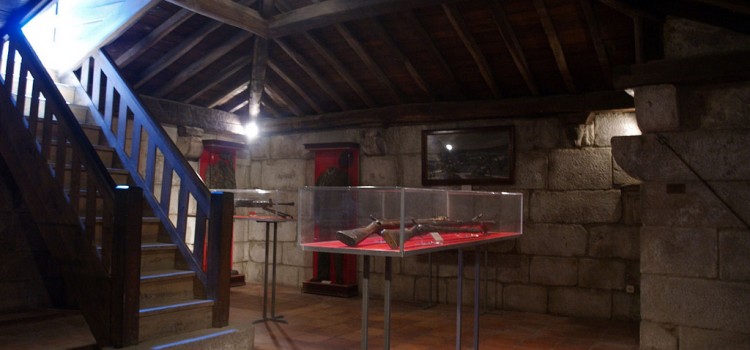
Opened in 1978 to commemorate the celebration of nineteen centuries of the existence of the local council of Chaves, the museum is located in the mediaeval keep, offering an exhaustive display of the military history of Portugal, Chaves and its most relevant events and figures. It contains four rooms: on the first floor is the […]
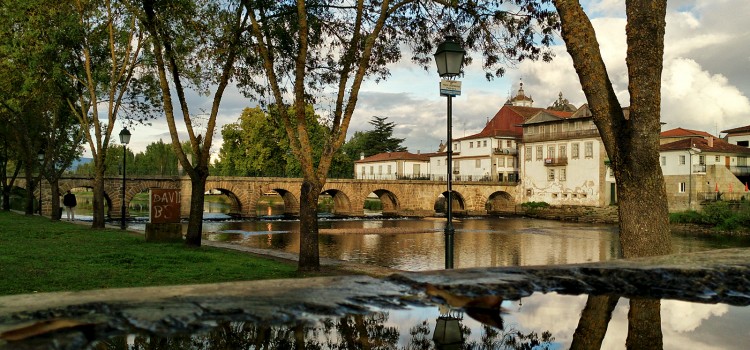
Chaves is a city and a municipality 10 km south of the Spanish border and 22 km south of Verín (Spain) in the north of Portugal. With origins in the Roman civitas Aquæ Flaviæ, Chaves has developed into a regional center. Artefacts discovered in the region of Chaves identify the earliest settlement of humans dating back to the Paleolithic. Remnants discovered in Mairos, Pastoria and São Lourenço, those […]
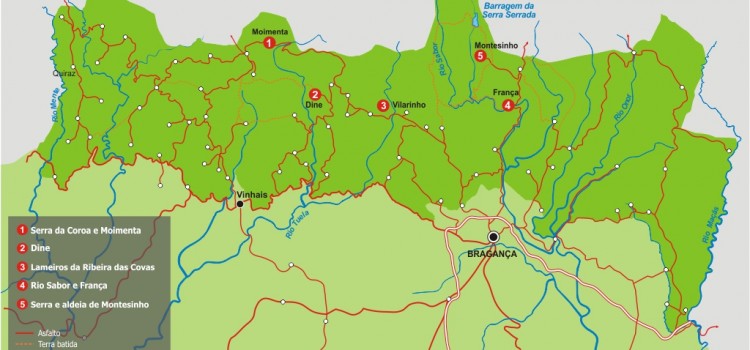
The Montesinho Natural Park is one of the largest protected areas in Portugal, extending for more than 75 000 hectares and with an altitude of 1500 meters. The vast forests create habitats for many species, including the wolf, boar and the golden eagle. Throughout the park, you can visit many villages that offer a fascinating […]
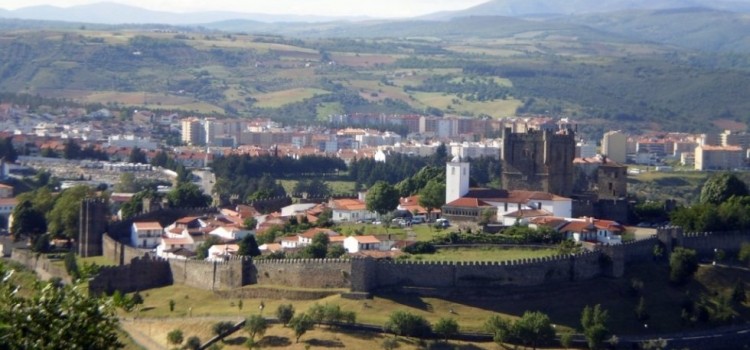
Citadel, Cidadela in Bragança Situated on a hill overlooking the city Our Lady of Sardão, this well-preserved citadel was built in the XII century by Benedictine monks. It was rebuilt and reinforced at the end of the fourteenth century, and within its walls are unusual buildings such as the imposing Domus Municipalis, the Church of Santa […]
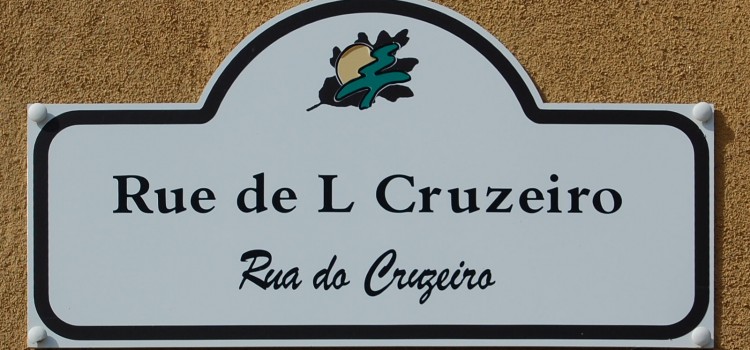
The Mirandese language (autonym: mirandés or lhéngua mirandesa; Portuguese: mirandês or língua mirandesa) is a Romance language belonging to the Astur-Leonese linguistic group, sparsely spoken in a small area of northeastern Portugal, in the municipalities of Miranda do Douro, Mogadouro and Vimioso. The Portuguese Parliament granted it co-official recognition (along with the Portuguese language) for local matters on 17 September 1998 with the law 7/99 of 29 January 1999. Mirandese has a distinct phonology, morphology and syntax, and has […]